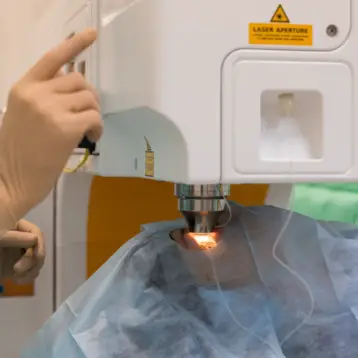|
Professor Stephen Boppart from the Electrical and Computer Engineering Department at the University of Illinois published the paper on the new device in the Nature Physics Journal. Boppart says that Interferometric Synthetic Aperture Microscopy (ISAM) can perform high-speed, micron-scale, cross-sectional imaging without the need for time-consuming processing, sectioning and staining of the resected tissue.
According to scientists, the ISAM technology may replace optical microscopy, the same way Magnetic Resonance Imaging (MRI) succeeded nuclear magnetic resonance, and Computerized Tomography (CT) succeeded X-ray imaging.
ISAM was developed by Postdoctoral student Tyler Ralston, Daniel Marks, and by P. Scott Carney and Boppart, both Professors of Electrical and Computer Engineering. The imaging technique utilizes a broad-spectrum light source and a spectral interferometer to reconstruct high-resolution images from the optical signals, based on an understanding of the physics of light-scattering within the sample.
|
According to Boppart, who is also a physician and Director of the Mills Breast Cancer Institute, ISAM has the potential to broadly affect real-time, three-dimensional microscopy and analysis in the fields of cell and tumor biology. Boppart expects the technology to come into use in cases of clinical diagnosis where imaging is preferable to biopsy.
The University of Illinois team demonstrated that ISAM effectively extends the region of the image that is in focus, using information that was discarded in the past. The discarded information can now be computationally reconstructed to quickly create the full desired image. The scientists managed to prove that computed image reconstruction can be useful on both phantom tissue and on excised human breast-tumor tissue.
The ISAM developers claim that the imaging technique is versatile enough to be applied to existing hardware with only minor modifications. However, at present, they focus in applying it to various microscopy methods used in biological imaging.
More information on the Illinois University ISAM research can be found on the University’s website and on this artice (PDF).











